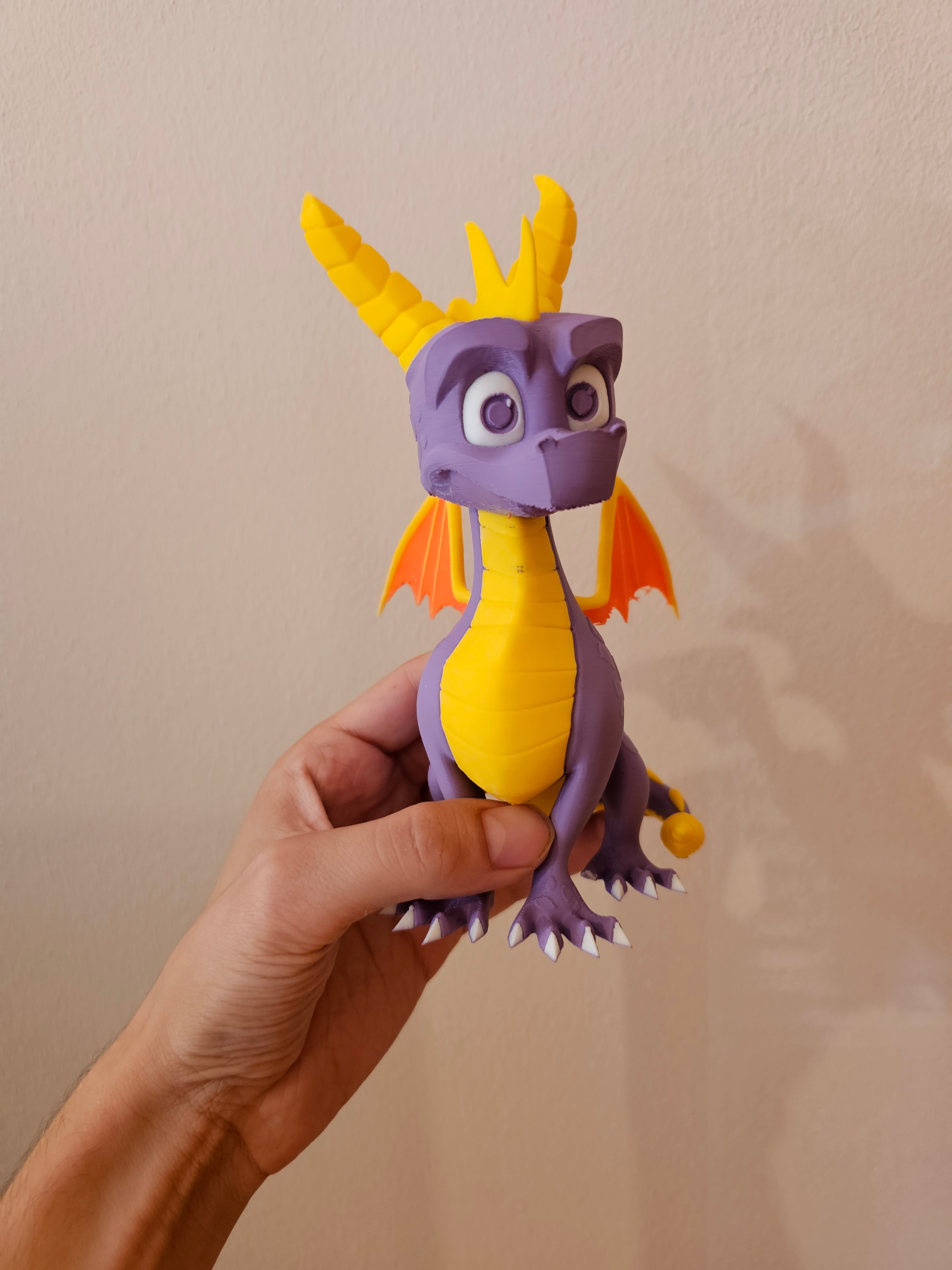Rikudou_Sage
- 78 Posts
- 866 Comments
-
For all the mentioned cases, if your firewall blocks incoming packets by default, no one can access it, no matter what is the source of the port being open.
-
You don’t configure it on the docker level, at least if you care about outside connections. If you mean from your local computer to a docker container, by default you cannot connect, unless you expose the port to the system. If you mean from other docker containers, just create your own separate network to run the container in and even docker containers cannot access the ports.
-
I usually use
netstat -tulpn, it lists all ports, not only docker, but docker is included.docker psshould also show all exposed ports and their mappings.
In general, all docker containers run on some internal docker network. Either the default or a custom one. The network’s ports don’t interfere with your own, that’s why you can have 20 nginx servers running in a docker container on the same port. When you bind a port in docker, you basically create a bridge from the docker network to your PC’s local network. So now anything that can connect to your PC can also connect to the service. And if you allow connection to the port from outside the network, it will work as well. Note that port forwarding on your router must be set up.
So in conclusion, to actually make a service running in docker visible to the public internet, you need to do quite a few steps!
- bind a port to your local host
- have your local firewall allow connection to the port
- have your router set up to forward connections on the port to your machine
On Linux, local firewall is usually disabled by default, but the other two steps require you to actively change the default config. And you mention that all incoming traffic is dropped using UFW, so all three parts should be covered.
-

 18·16 days ago
18·16 days agoBeing an asshole is a mental problem in the literal sense. If you mean the thing more commonly known as a “mental problem”, then no, we can’t because we don’t have access to her diagnosis.
You know why “retard” is offensive nowadays, even though it literally means “slow” which is a pretty nice word to use? Because people overused it to mean whatever they wanted and, unsurprisingly, people stopped liking it. Don’t do the same for “mental problems”.

 2·17 days ago
2·17 days agoThat’s like half the truth. In countries where they don’t treat workers like slaves, the labor costs are larger and the end product costs more.
If you treat your workers as a disposable commodity, it’s much cheaper to make stuff.

 3·19 days ago
3·19 days agoVery expensive for what’s basically a gimmick. Though I’d probably buy one if I owned a confectionery.

 2·19 days ago
2·19 days agoLooks good, thanks for sharing! If they add Bambu support, I’ll probably buy it.

 21·25 days ago
21·25 days agoI’m using Proton mail, I like their focus on privacy and e2e (only with other Proton users, though).

 8·26 days ago
8·26 days agoI mean, if it’s Hungary who pushes it, countries will be against it just on principle of Hungary proposing it.

 31·29 days ago
31·29 days agoThat’s the classic cliché of him being good for that role because he didn’t want it.

 6·3 months ago
6·3 months agoDid not expect a SNK reference in the wild on Lemmy.

 2·3 months ago
2·3 months agoI did, but it seems I cannot add them as a mod.

 1·3 months ago
1·3 months agoOkay, that’s next level.
Cries in AMS Lite.

 3·3 months ago
3·3 months agoSettings, mostly. The layering is always there, but how visible it is depends on the layer height. Both the Depresso and Spyro were made with 0.2mm layer height, which is a good compromise between looks-good/prints-fast. If you want something that looks really nice, you’d go to 0.08mm layer height (the lowest this particular printer can go with this particular nozzle size). The print would take around 2.5 times longer with 0.08mm layer height.
Material also affects this, but PLA generally is the easiest to print with and looks among the best visually. If the print speed were really high it would affect it as well, but it was well under the maximum speeds.
This is a FDM printer which basically lays one layer of heated plastic over another, there are also SLA printers which can go much lower layer heights and thus the prints are visually much better, though use-case of such printers are limited to pretty looking pieces, you can’t really make anything functional with them.
Edit: If you want the prints to look really great, you’re gonna have to do some post-processing anyway, like sanding down the uglier parts and painting it with some acrylic paint. That way you avoid the visible layers as well.

 6·3 months ago
6·3 months agoBambu Lab A1 and mostly PLA for material (aka the easiest one to print).
When I need something flexible, I use some TPU. And when I need something that will hold for a long time, I use PETG.
I make all kinds of stuff, mostly toys and household items, sometimes I design something myself (generally the stuff that’s meant to be useful, not pretty), sometimes I use models other people created.
Currently I’m printing a puzzle for kids.
Edit: a recent print of mine:


 2·3 months ago
2·3 months agoNo problem!

 72·3 months ago
72·3 months agoWe use .lh, short for localhost. For local network services I use service discovery and .local. And for internal stuff we just use a subdomain of our domain.

 3·3 months ago
3·3 months agoSure, can you PM me?

 51·3 months ago
51·3 months agoWe have that in my country, kinda. Any common name in the calendar can be chosen automatically. Any other name must be approved and you must prove that it’s a real name somewhere (used significantly, one person with a weird name wouldn’t count).

 14·3 months ago
14·3 months agoIf you feel called out so much, maybe reconsider your behaviour?








Nah, sounds complicated.